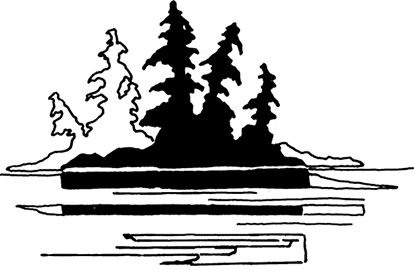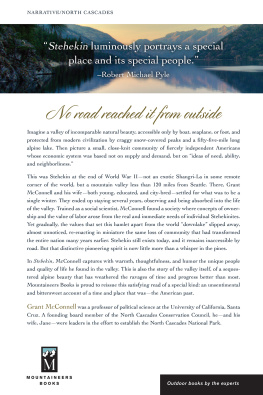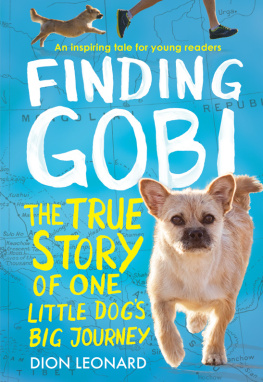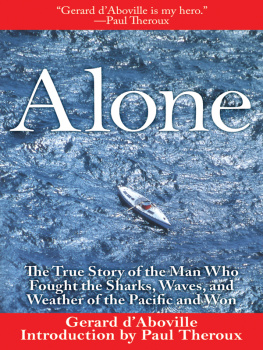PRAISE FOR STEHEKIN
Superbly written, Grant McConnells story of Stehekin and its wonderfully strange people lets us in on the lives within the endangered culture that persevered where Lake Chelan dead-ends in paradise, but that could become paradise lost. There is symbolism for the rest of us if we let what happened to his Valley in Time overtake the Island Earth.
David R. Brower
Here is a warmly analytical true story of a groupnot even a communitywho managed, by not managing, to remain free and unfettered and admirably, strongly protective of a most precious natural territory.
Margaret E. Murie
Like Hazel Heckmans Island in the Sound, Margaret Muries Wapiti Wilderness, and Irving Petites Life on Tiger Mountain, Stehekin luminously portrays a special place and its special people. In a highly literate love song, Grant McConnell gives us both to keep, though we may never go there ourselves. His clean, warm words, born of the valley, the mountain, the glacier, and the lake, fully convey one writers delight in his personal Brigadoon.
Robert Michael Pyle
In this rich reminiscence, Grant McConnell shows... the real Stehekin he has known for half a century, as climber, wilderness tramper, longtime homeowner, and sometime all-year resident..... The truth is stranger than the fictionand a lot more fun.
Harvey Manning
STEHEKIN
 a valley in time
a valley in time 

STEHEKIN
 a valley in time
a valley in time 
An unsentimental, bittersweet account of a time and place that wasthe American past
GRANT MCCONNELL

 | Mountaineers Books is the publishing division of The Mountaineers, an organization founded in 1906 and dedicated to the exploration, preservation, and enjoyment of outdoor and wilderness areas. 1001 SW Klickitat Way, Suite 201, Seattle, WA 98134 800.553.4453, www.mountaineersbooks.org |
Copyright 1988 by Grant McConnell. Afterword copyright 2014 by Carolyn McConnell
All rights reserved. No part of this book may be reproduced or utilized in any form, or by any electronic, mechanical, or other means, without the prior written permission of the publisher.
Printed in the United States of America
Distributed in the United Kingdom by Cordee, www.cordee.co.uk
17 16 15 14 1 2 3 4 5
Copy Editor: Lynelle Diamond
Cartographer: Newell Cartographics
Illustration: Sukey Forsman
Cover design: Jen Grable
Cover Photograph: Morning in Stehekin, Washington, courtesy Deby Dixon, National Park Service
Library of Congress Cataloging-in-Publication Data
McConnell, Grant
Stehekin, a Valley in time / Grant McConnell.
p. cm.
ISBN 978-1-59485-868-0
1. Stehekin (Wash.)Social life and customs. 2. Mountain lifeWashington (State)Stehekin. 3. McConnell, Grant I. Title.
F899.S84M37 1988
979.7'59dc19
88-9095
CIP
 Printed on recycled paper
Printed on recycled paper
ISBN (paperback): 978-1-59485-938-0
ISBN (ebook): 978-1-59485-937-3
For Jane especially

T here was a time and there wasnt a time
so runs the folk tale beginning. Its proper here, for there was a time, the end of World War II, and there wasnt a time, just the American past. But there was a placeone unique and beautiful, as perhaps most places of the earth once were, but known to only a few.
No road reached it from outside. This was enough in the middle of the twentieth century to render it remote and little touched by the currents of American life racing past the mountain barriers around it. And this was ironic, for its name, Stehekin, means the way through. It is an Indian name, and maybe it tells the whole of an epochthat the bands that came were mere travelers, outriders of a nomadic people whose true life lay on the rolling plains to the east, where the sun beats down without shadow from dawn until dusk. Perhaps they came to trade with the people of the dark and humid western slope, where human sustenance was based on the sea and the waters that feed into it. Or maybe they simply came adventuring and hurried out again with big stories of what they had done. There are faint remains of pictures on some of the rocks near Stehekin; paintings, they are usually called, but maybe they were just grafitti; the one that could be read until not long ago seemed to be a brag about somebodys hunt.
Their route was fairly obvious, the first part of it at least. It began on the shelf of land hanging onto the uplift of the Cascade Range west of the Columbia, really a part of the inland plateau but sliced off from the rest by the river. There is a lake here that drains down through a series of falls into the Columbia six hundred feet below. Its a pleasant sight, particularly when seen after hoursor daysof travel through the plains. In summer it has a nice jade cast but there is nothing about it to justify the translation of bubbling water given to its name, Chelan; thats just translator poetry. The lake closes off in the middle distance; pine-covered hills rise beyond.
Its not hard to imagine the Indians out on the lake in their canoes. These would have been pretty solid and well designed, made for shooting the Columbia down below after having been hauled up from the river and over the lip of an old moraine that blocks the foot of the lake. Perhaps the Indians would be out fishing and would reach what looked like the far end. And then, what looked like the end would turn out to have an opening, and they would see the lake going on around a bend and then a long stretch of water like the one they had just paddled up, only with bigger hills than those they had seen from below. So they might camp on a little point of land, a good place with level ground and a few tall trees for shade and wood. And next day when they would go on the new reach of the lake, there would be another turn and then another and another. All the time the slopes alongside the water would get steeper and higher. Along the way they would have camped some more and it wouldnt have been so easy, since there are places where the shores are cliffs that drop without break into the water. It would be good to have sturdy canoes since it would be necessary to push on in spite of wind and rough water. And so in time they would come to the end and would beach their craft and walk.














 a valley in time
a valley in time 

 Printed on recycled paper
Printed on recycled paper